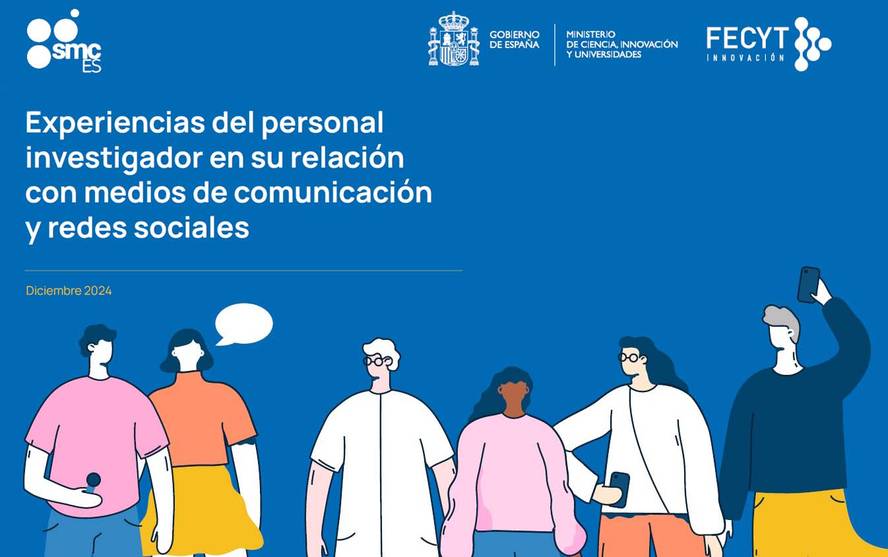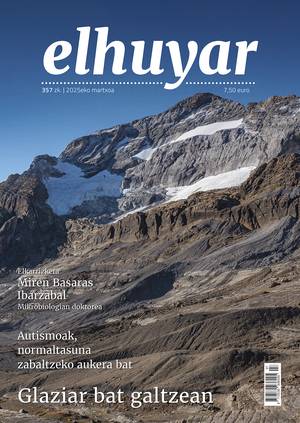Women scientists have worse media and social media experience
The Science Media Centre Spain (SCM) of the FECYT has published the report “Experiences of researchers in their relationship with the media and social networks”, based on a survey conducted in collaboration with the research group Gureiker of the UPV/EHU. According to the results, 83.12% of respondents have a good or very good opinion about their participation in the media, although more than half acknowledge having suffered some type of aggression after talking about science in the media. It is clear that women receive more aggressions than men: 56.86% of the aggressions are women. Among the disciplines, the most affected are the environmental and health sciences, as well as the social sciences (COVID-19, vaccines, climate, social conditioners…) and the social network X is the most frequent source of attacks.

In general, in the relationship between scientists and the media and social networks, they are particularly grateful for the opportunity to convey their message, as well as to give greater visibility and dissemination to their research. But they also mention the negative aspects. Above all, they fear that the message is distorted or misunderstood.
As for the aggressions, according to the sex of the scientist, there is a difference, not only in number, but also in the type of aggression. In addition to the fact that women receive more aggressions, most of them refer to their professional capacity. Men, on the contrary, are insulted, and rather than aptitudes, it is professional honesty that is rejected. Compared to the previous ones, although to a lesser extent, women suffer more aggressions than men due to their origin, ethnicity, religion or belief, by their physical aspect, sex or gender. Finally, although they are minorities in total, physical or sexual threats and death threats are more frequent if the victim is a woman than if he is a man.
As for the attack route used, the social network X (formerly Twitter) remains the most important (59.86%). However, comments in digital (21.13%) and the scientists themselves (11.97%) and private (7.39%) are also significant.
About a quarter of the scientists affected have not been affected by the bad experience, while another quarter have felt insecure or anxious. 16.55% have quit dropping out of networks or appearing in the media.
Scientists have also proposed a number of preventive measures, such as the promotion and recognition of the work of institutions or institutions, the training of organisations on scientific communication or the establishment of protection mechanisms. They have also asked the media to act "responsibly" in this situation.
The authors of the survey have suggested that a broader survey should be conducted in order to arrive at more robust conclusions. In particular, the report takes up the answers of the experts who have contacted the SCM between March 2022 and July 2022. 17% of the respondents answered, a total of 237 people.





